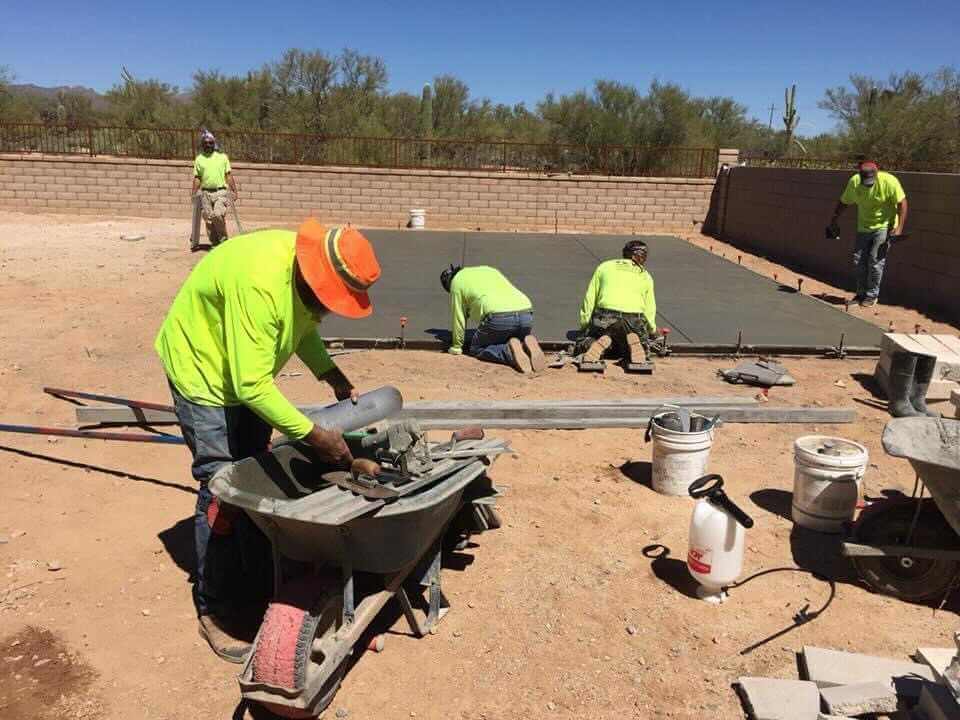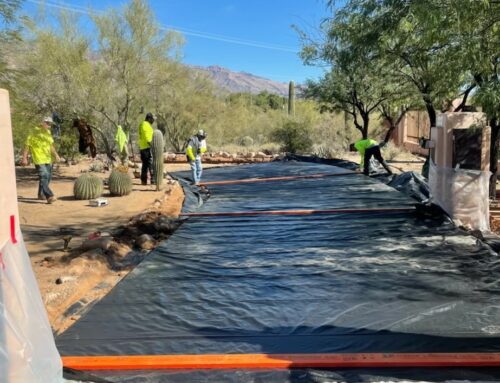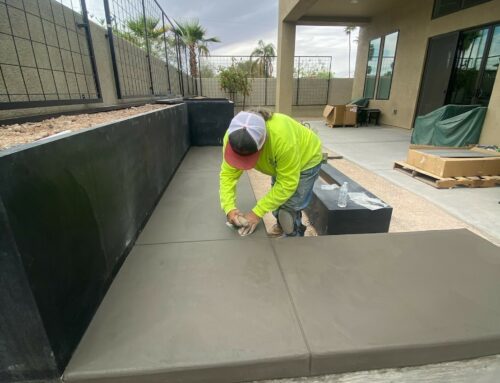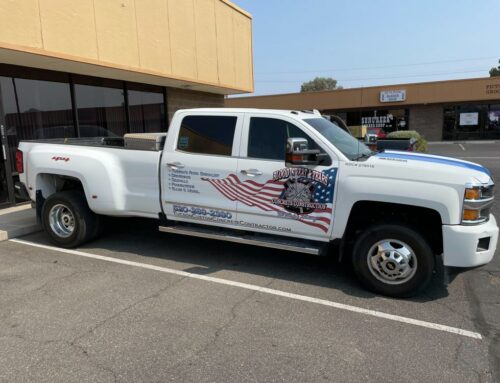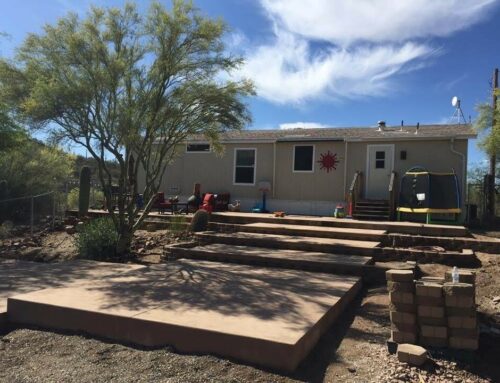Concrete PSI is something most people can easily see the benefit in. It is literally the strength of the concrete. Reinforcing takes a little more explanation but that too is easy enough to form an opinion about. So how about the base below? Can you pour on your native soil or should you bring in base material? An aggregate base or AB for short requires a little more education before the benefits come into focus.
Around Tucson most soil is pretty good. It has a good ratio of sand/rock to binder and won’t cause any problems. There are a few areas that stand out as bad soil hotspots though. What is it about soil that can make it bad?
Soil that seems stable in some areas changes to a slimy mess with only a little rain. Expansive soil is just what it sounds like. It has a heavy clay content and expands when it get wet. This is very problematic when it comes to concrete. A general rule of concrete is to wet the grade before the pour. If your soil is expansive and the grade was set to 4” the water will balloon the soil up and the depth will decrease.
Beyond that this type of soil draws the moisture out of the concrete causing even more ballooning. This rapid drawing of moisture can result in random cracking due to untimely drying. If that wasn’t enough to make you question your soil you also have to think about what happens when the ground eventually dries out under the concrete and settles. That is when you will see cracks open and get uneven.
The good news is that It’s easy to assess and avoid. Most parts of town only require a couple inches of AB to isolate your pad from the problem. If you have a home in the following areas around Tucson you really need to assess the soil you plan to cover with concrete. Your builder may have already hauled in quality fill but that should be verified.
Saguaro Bloom – Bad soil was hauled in. This is a good example of why you need to assess the soil no matter where you are located around Tucson. Bring 3”-4” especially in the original development.
Continental Ranch – Notorious trouble spot. A 12” AB base was recommended by city engineers for sidewalk projects there in the past. A minimum of 4” should be included in any bid you request if you live on the I-10 side of Silver Bell.
Picture rocks – Check your soil in picture rocks. If it turns to powder when you drive on it or gets super slippery when wet it’s a good idea to cover with 2” of AB or more.
Vail – That red Vail dirt will pull the moisture out of concrete like none other. An absolute minimum of 2” is required.
Assessment of your soil – Pay attention the next time it rains. If your soil builds up on the bottom of your shoes just walking across it you probably have a high clay content which is an expansive soil type. If cracks form in the ground within a couple days of a good rain be sure to cover it with some quality fill or those cracks might come right through your concrete. Or if when dry the ground gets very firm but if you dig into it with a shovel and turn it over a few times it looks like powder you may have a problem.
With a major project like a house or large building you may be required to have your soil analyzed and that is money well spent. When pouring a patio, sidewalk or driveway however at least make sure your Contractor has an opinion about the condition of your soil. If they can’t articulate a coherent assessment just move on until you find a real pro who can.
Thank you for taking the time.
Jon Molden

